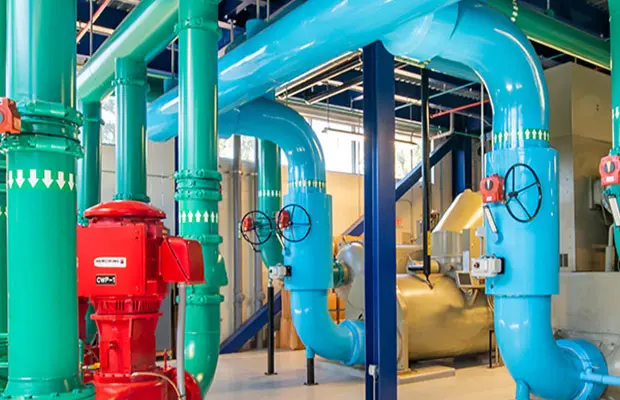Key Benefits
No Upfront Costs
No upfront costs to the customer (the fee is added to your OUC bill).
Maintenance
OUC provides corrective maintenance.
Energy Savings
Save on energy costs and offset part of your investment with energy-efficient solutions.
Indoor Lighting Options
Discover the right type of lighting for your business.
Incandescent
Less energy efficient than other light sources, incandescent bulbs are best used for task lighting that demands high levels of brightness.
LEDs
Feature many advantages over incandescent light sources, including lower energy consumption, longer lifetime, improved physical robustness, smaller size and faster switching.
Fluorescent – T5T8/T12
Use 20% – 33% of the electricity of incandescent lights and last up to 20 times longer. Best used for recessed down lights, wall sconces, close-to-ceiling fixtures and track lights.
CFLs
Fit most fixtures designed for incandescent bulbs and use about 75% less energy. Most cost-effective and efficient in areas where lights are on for long periods of time.
HIDs
Extremely energy efficient and long-lasting, these bulbs do not produce pleasing colors. So, they are most often used for outdoor security and area lighting.
Lighting Control System
This “smart” system controls individual lights or groups of lights with a single interface, with the ability to make automatic adjustments based on time of day, occupancy of the facility and other features.
Indoor Lighting Warranty Claim
Use the form below for all warranty claims for workmanship and labor for projects completed by any vendor other than Lightyear. Material warranty claims should be submitted to the vendor who completed your project.









